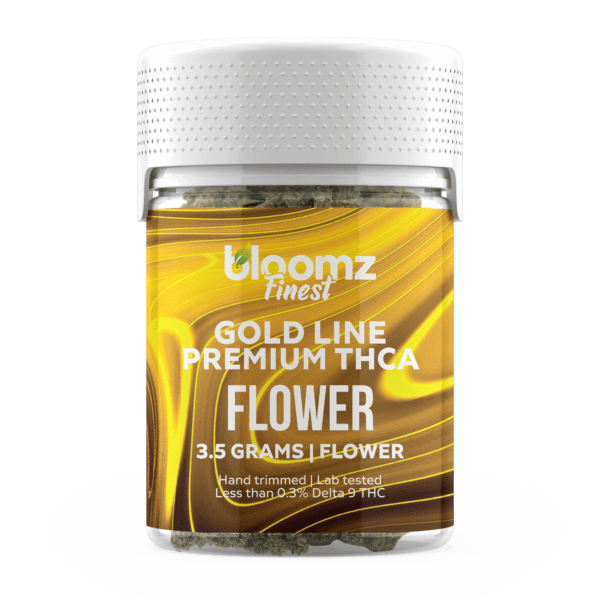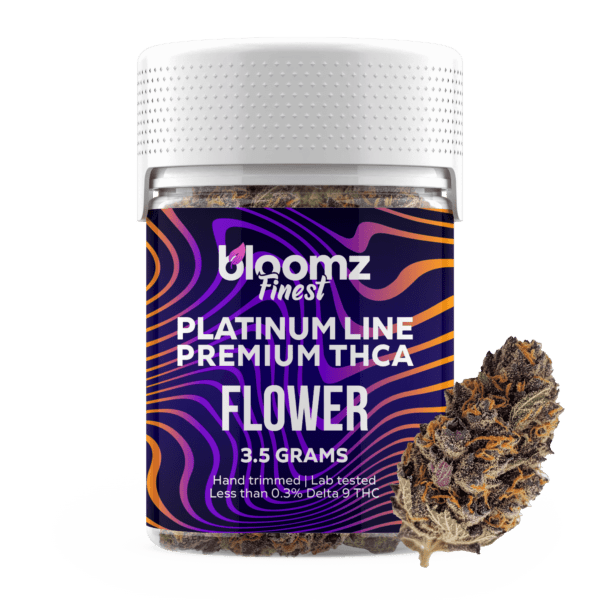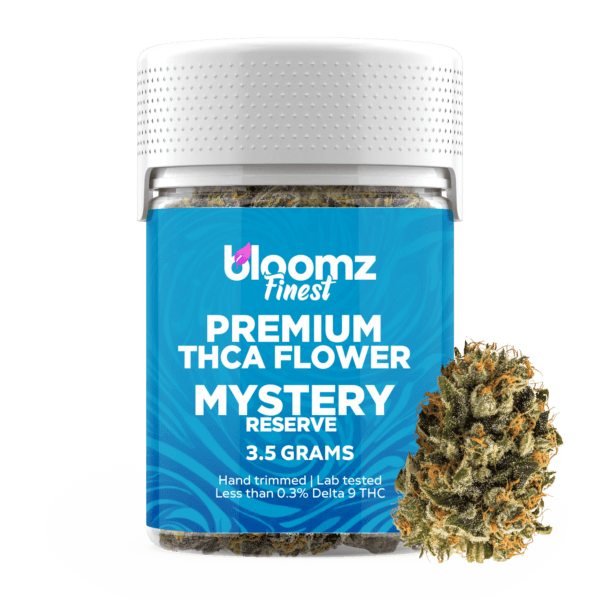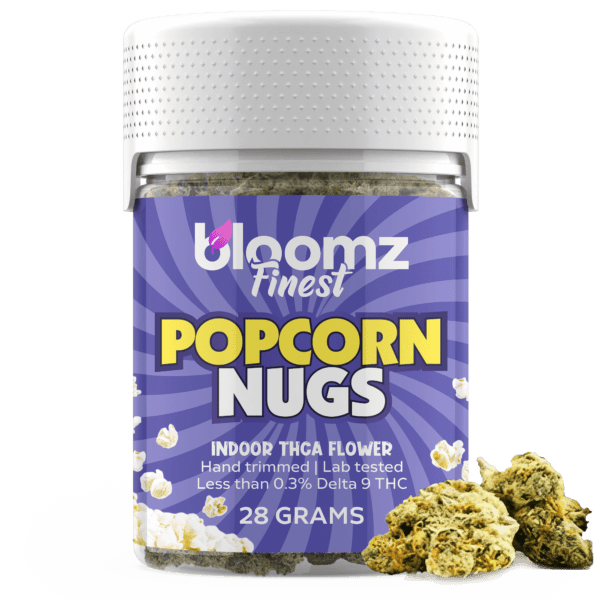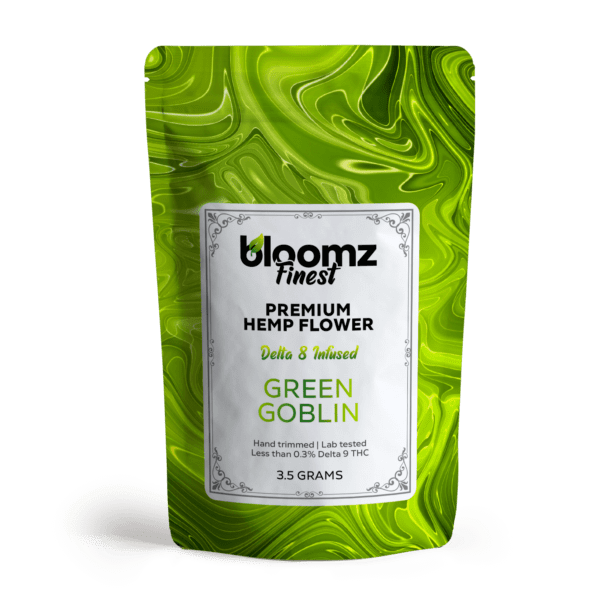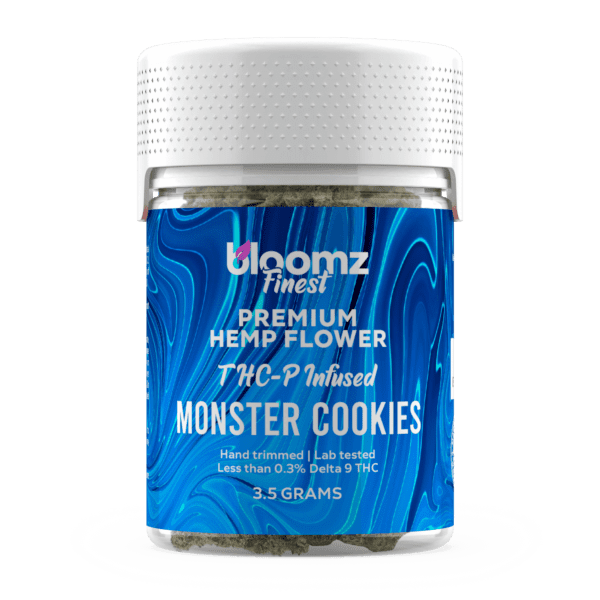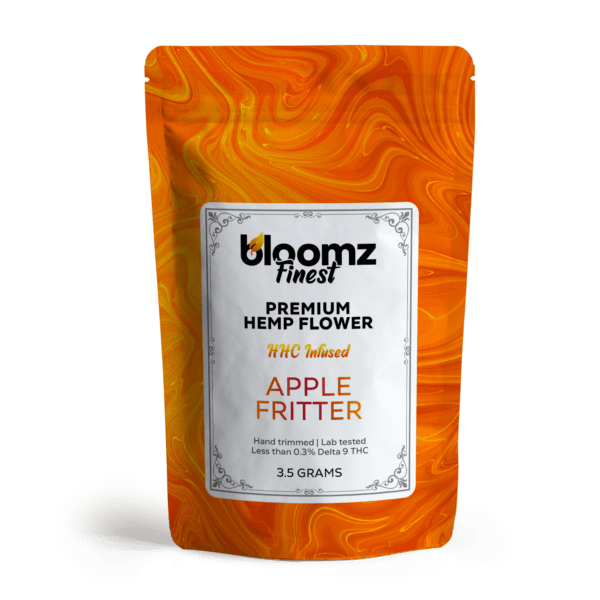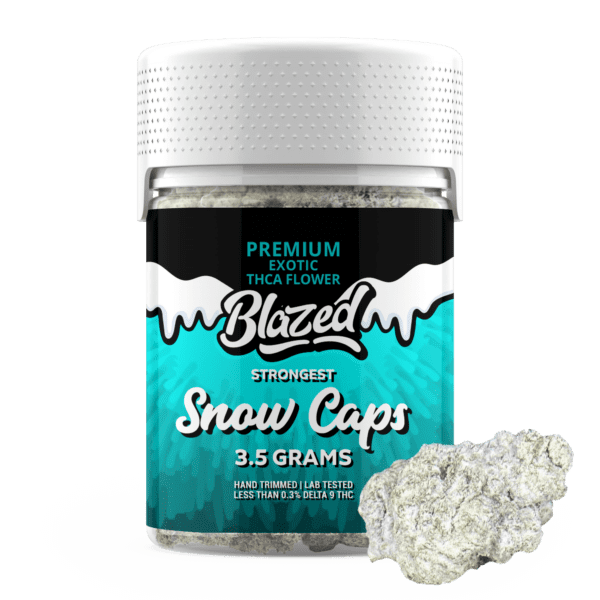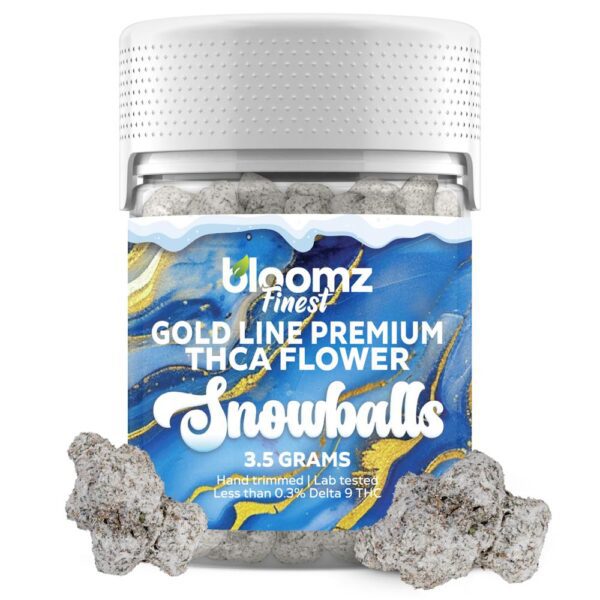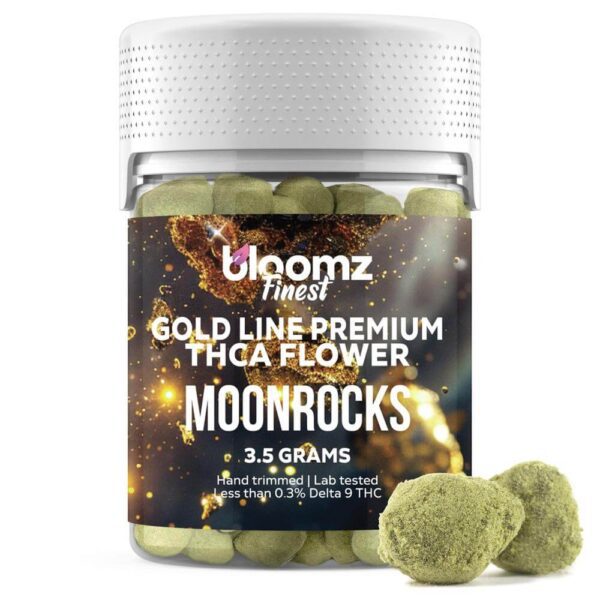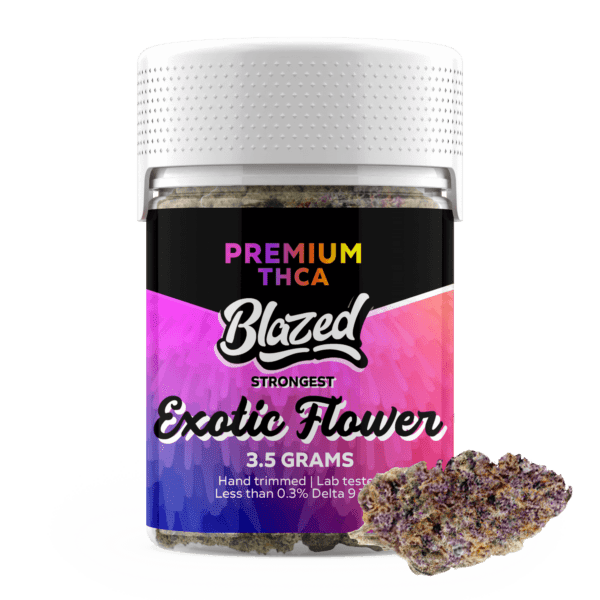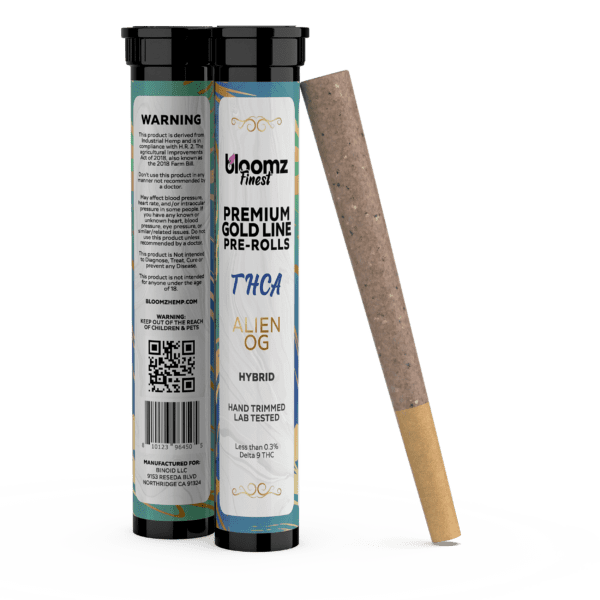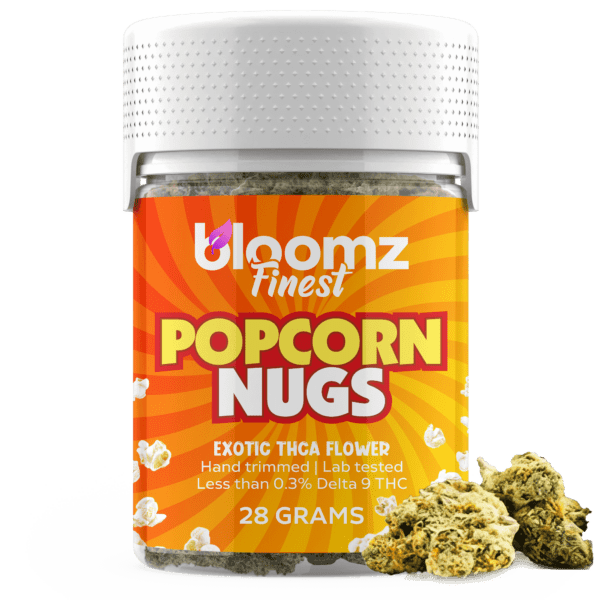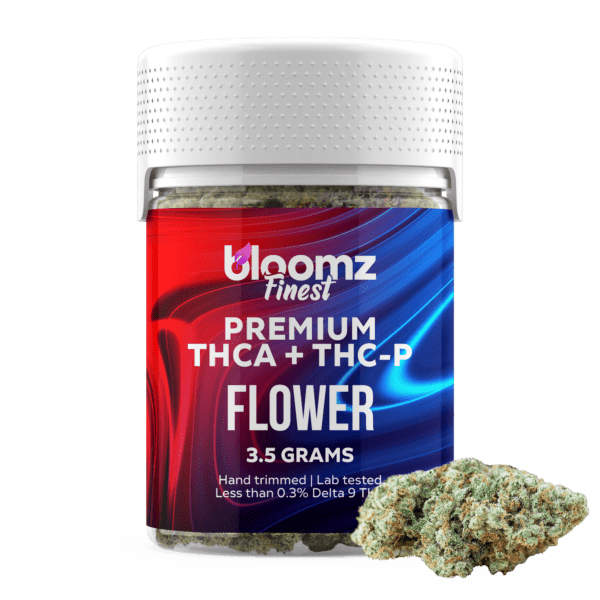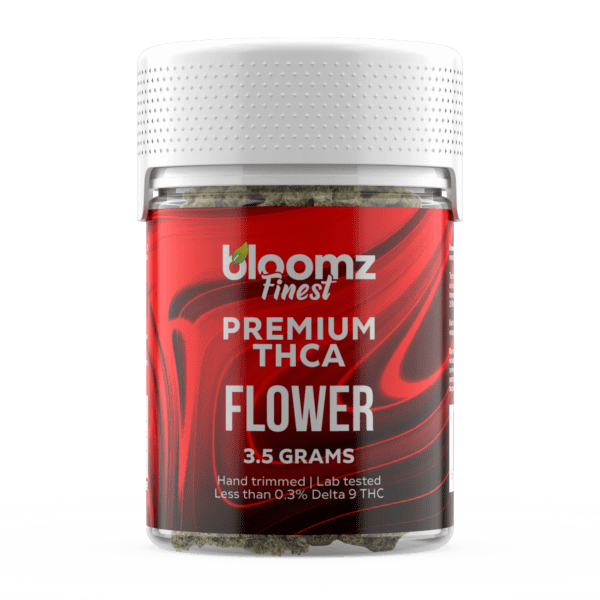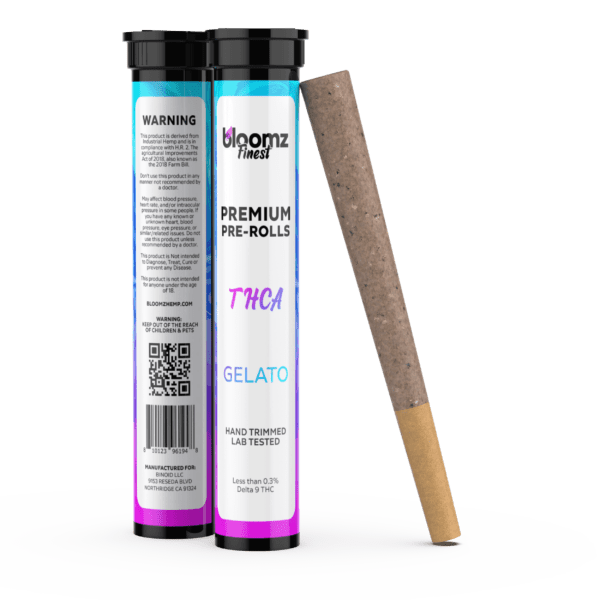The conversation surrounding cannabis flower in the United States is a vibrant and ever-shifting mosaic of laws, regulations, and cultural perspectives. For decades, the narrative was monolithic, governed by a singular, overarching federal prohibition. Today, however, the legal landscape is anything but uniform. Crossing a simple state line can transport a person from a place where the possession and enjoyment of cannabis flower is a state-sanctioned liberty to another where it remains a significant legal risk.
This intricate patchwork of rules creates a reality where the legality of this single plant is defined not by the land of the nation, but by the specific soil on which one stands. Understanding this complex map is essential for anyone seeking to navigate the modern American cannabis experience, a journey that reveals a country in the midst of profound legal and social transformation. The story is no longer one of simple restriction, but one of dynamic change, unfolding one state at a time.
To Buy Cannabis Flower Click Here
Recommended products
-
THCA Flower – Indoor Exotics – Gold Line
$37.99$69.99 -
THCA Flower – Platinum Line
$49.99$79.99 -
THCA Flower – Mystery Reserve
$41.99$79.99 -
THCA Smalls
$149.99$256.99
The Unyielding Federal Stance: A National Overview
Despite the significant momentum of state-level legalization movements, it is crucial to understand that under federal law, cannabis remains a controlled substance. The U.S. federal government classifies cannabis under the Controlled Substances Act (CSA) – a comprehensive piece of legislation enacted in 1970 that regulates the manufacture, importation, possession, use, and distribution of certain substances.
For many years, cannabis was designated as a Schedule I drug, a category reserved for substances with a high potential for abuse and no currently accepted medical use. This classification placed it alongside drugs like heroin and LSD, creating a stark and challenging conflict with the growing body of state laws that recognized its potential for both recreational and medicinal purposes.
However, a monumental shift occurred in 2025 when the U.S. Drug Enforcement Administration (DEA) officially reclassified cannabis from a Schedule I to a Schedule III controlled substance. This historic move acknowledged that cannabis has a currently accepted medical use in treatment in the United States and a lower potential for abuse than Schedule I and II substances. While this reclassification is a landmark event, it is not the same as full federal legalization.
Cannabis, even as a Schedule III substance, remains federally regulated. This means that engaging in state-legal cannabis activities, from cultivation to distribution to simple possession of flower, can still theoretically place individuals and businesses in violation of federal law. This creates a persistent tension, a legal gray area where state rights and federal authority are in a delicate and often contradictory dance.
Several key pieces of federal policy have influenced this dynamic. The Rohrabacher-Farr amendment (now known as the Joyce-Leahy amendment) has been a significant provision, renewed annually in appropriations bills since 2014. This amendment prohibits the Department of Justice from using federal funds to interfere with the implementation of state medical cannabis laws. While it provides a degree of protection for medical cannabis programs, it does not extend to recreational markets and must be renewed each fiscal year, leaving a sense of impermanence.
The reclassification to Schedule III has profound implications, particularly for state-licensed cannabis businesses. Previously, under IRS Code Section 280E, these businesses were barred from deducting ordinary business expenses from their federal taxes, creating a crippling financial burden. The move to Schedule III alleviates this, allowing these state-sanctioned enterprises to operate more like traditional businesses. It also opens new avenues for research and may improve access to banking services, which have historically been hesitant to engage with the cannabis industry due to federal prohibitions.
Despite these advancements, the core conflict remains. Transporting cannabis flower across state lines, for example, is a federal offense, as it involves interstate commerce. This is true even if you are traveling from one legal state to another. The federal government’s stance, while evolving, continues to cast a long shadow over the state-level markets, creating a complex legal environment that requires careful navigation. The journey towards a nationally harmonized approach is far from over, leaving the 50 states as individual laboratories of democracy, each forging its own path.
Recommended products
The State-by-State Revolution: A Patchwork of Progress
The story of cannabis legalization in the United States is a testament to the power of state-led initiatives. Beginning with California’s pioneering step to legalize medical cannabis in 1996 with the Compassionate Use Act, a slow but steady wave of change began to ripple across the country. This movement was not orchestrated from the top down; rather, it has been a grassroots phenomenon, driven by voter referendums, citizen advocacy, and the evolving perspectives of state legislatures.
The early years of the 21st century saw a handful of other states follow California’s lead, establishing medical cannabis programs that provided access to the plant for individuals with specific qualifying conditions. These programs varied widely in their scope and regulations, with some being more restrictive than others, but they collectively signaled a growing public and political willingness to reconsider the long-standing prohibition.
A seismic shift occurred in 2012 when voters in Colorado and Washington simultaneously passed ballot initiatives to legalize cannabis for adult recreational use. This was a watershed moment. For the first time since the era of federal prohibition began, states were not just creating exceptions for medical use; they were creating fully regulated markets for adults to purchase and consume cannabis flower simply for their own personal enjoyment and pursuit of relaxation.
The success of these initial experiments in Colorado and Washington created a domino effect. In the years that followed, a cascade of other states moved to end their own prohibitions. Alaska, Oregon, and the District of Columbia were next, and the momentum continued to build. States in every region of the country, from the progressive bastions of the West Coast to the more traditionally conservative states in the Midwest and on the East Coast, began to embrace legalization.
This state-by-state revolution has been characterized by a diversity of approaches. Some states, like California and Michigan, have developed sprawling, robust markets with thousands of licensed cultivators, manufacturers, and dispensaries. Others have taken a more measured approach, with slower rollouts and more limited licensing. The methods of legalization have also varied, with some states acting through direct voter initiatives and others through the legislative process.
This patchwork of progress has created a fascinating and complex map of cannabis legality. It’s a map where one can find vibrant, mature markets in states like Nevada and Illinois, and newly emerging markets in places like New York and Minnesota. It’s a map that showcases how different states are grappling with questions of social equity, taxation, public consumption, and home cultivation. The journey from a blanket federal ban to this intricate tapestry of state-level laws is a remarkable chapter in the ongoing story of cannabis in America, demonstrating a profound shift in public consciousness and the power of states to forge their own paths.
Understanding the Tiers of Legality
As you explore the legal status of cannabis flower across the United States, you’ll encounter several distinct categories that define a state’s approach. Understanding these tiers is key to deciphering the intricate legal map.
Tier 1 – Adult-Use Recreational: In these states, cannabis flower is legal for adults aged 21 and over to purchase and possess for personal use, similar to how alcohol is regulated. These states have established licensed dispensaries where consumers can buy a variety of cannabis products. The laws specify possession limits, and in many cases, allow for the home cultivation of a limited number of plants. This represents the most permissive level of legality.
Tier 2 – Medical-Only: These states have established programs that permit the use of cannabis flower for medicinal purposes. To legally access cannabis, individuals must have a qualifying medical condition as defined by state law and typically need a recommendation from a certified physician. Patients must register with the state and often receive a medical cannabis card, which allows them to purchase from licensed medical dispensaries. Possession and purchasing limits are strictly regulated.
Tier 3 – Decriminalized: In states with decriminalization laws, the possession of small amounts of cannabis flower for personal use is treated as a civil or local infraction, rather than a state crime. This means that instead of facing arrest and a criminal record, an individual might receive a fine, similar to a traffic ticket. It is crucial to note that decriminalization is not legalization. The sale and cultivation of cannabis remain illegal, and possession of larger amounts can still lead to significant criminal penalties.
Tier 4 – Fully Illegal: In these states, cannabis flower remains completely illegal for any purpose. The possession, sale, and cultivation of any amount of cannabis can lead to serious criminal charges, including potential jail time and substantial fines. Some of these states may have extremely limited laws allowing for low-THC/CBD oil for very specific medical conditions, but these programs do not provide legal access to cannabis flower.
These categories provide a framework for understanding the diverse legal landscape. However, the specific rules and regulations can vary significantly even among states within the same category.
Recommended products
-
THCA Moonrocks – Gold Line
$57.99$89.99 -
Blazed Exotic THCA Flower
$36.99$79.99 -
Exotic THCA Pre-Rolls Gold Line – 3-Pack/6 Pack
$36.99$69.99
The 50-State Guide to Cannabis Flower Legality
Navigating the ever-evolving cannabis laws of the United States requires a detailed, state-by-state understanding. The legal status of cannabis flower—for adult enjoyment or for medical application—can change dramatically from one border to another. The following chart provides a comprehensive overview of where each state stood on the legality of cannabis flower as of mid-2025. Following the chart, you will find more detailed regional breakdowns that explore the nuances of these laws, offering deeper insight into what it means to be a cannabis consumer in different parts of the country.
|
State |
Recreational Use |
Medical Use |
Decriminalized |
Notes |
|---|---|---|---|---|
|
Alabama |
Illegal |
Yes |
No |
Medical program is operational but does not allow raw flower. |
|
Alaska |
Legal |
Yes |
Yes |
One of the first states to legalize recreational use. |
|
Arizona |
Legal |
Yes |
Yes |
Robust adult-use and medical market. |
|
Arkansas |
Illegal |
Yes |
No |
Medical program is active; recreational remains illegal. |
|
California |
Legal |
Yes |
Yes |
Longest-standing legal cannabis market in the U.S. |
|
Colorado |
Legal |
Yes |
Yes |
First state to establish legal recreational sales. |
|
Connecticut |
Legal |
Yes |
Yes |
Adult-use sales began in 2023. |
|
Delaware |
Legal |
Yes |
Yes |
Legalized recreationally in 2023; sales are pending. |
|
Florida |
Illegal |
Yes |
No |
Strong medical market; adult-use ballot initiatives are common. |
|
Georgia |
Illegal |
Low-THC Only |
No |
Only low-THC oil is permitted for specific conditions. |
|
Hawaii |
Illegal |
Yes |
Yes |
Long-standing medical program and recent decriminalization. |
|
Idaho |
Illegal |
Illegal |
No |
Remains one of the strictest states regarding cannabis. |
|
Illinois |
Legal |
Yes |
Yes |
Strong and expanding adult-use market in the Midwest. |
|
Indiana |
Illegal |
Illegal |
No |
Surrounded by legal states but maintains strict prohibition. |
|
Iowa |
Illegal |
Low-THC Only |
No |
Restrictive medical CBD program. |
|
Kansas |
Illegal |
Illegal |
No |
Strict prohibition, though some cities have decriminalized. |
|
Kentucky |
Illegal |
Yes |
No |
Medical program signed into law, effective 2025; no flower. |
|
Louisiana |
Illegal |
Yes |
Yes |
Medical program allows flower; possession decriminalized. |
|
Maine |
Legal |
Yes |
Yes |
Established adult-use market with a focus on craft cannabis. |
|
Maryland |
Legal |
Yes |
Yes |
Adult-use sales began in July 2023. |
|
Massachusetts |
Legal |
Yes |
Yes |
First state on the East Coast to begin recreational sales. |
|
Michigan |
Legal |
Yes |
Yes |
One of the largest and most successful markets in the country. |
|
Minnesota |
Legal |
Yes |
Yes |
Legalized in 2023; retail market is in development. |
|
Mississippi |
Illegal |
Yes |
Yes |
Medical program was established in 2022. |
|
Missouri |
Legal |
Yes |
Yes |
Rapidly growing adult-use market after 2022 legalization. |
|
Montana |
Legal |
Yes |
Yes |
Adult-use sales began in 2022. |
|
Nebraska |
Illegal |
Illegal |
Yes |
Decriminalized state but no legal access programs. |
|
Nevada |
Legal |
Yes |
Yes |
Major cannabis tourism destination. |
|
New Hampshire |
Illegal |
Yes |
Yes |
“Island of prohibition” in New England; medical only. |
|
New Jersey |
Legal |
Yes |
Yes |
Large East Coast adult-use market launched in 2022. |
|
New Mexico |
Legal |
Yes |
Yes |
Adult-use sales began in 2022. |
|
New York |
Legal |
Yes |
Yes |
Legalized in 2021; regulated market continues to expand. |
|
North Carolina |
Illegal |
Low-THC Only |
Yes |
Decriminalized, but no comprehensive medical or adult-use. |
|
North Dakota |
Illegal |
Yes |
Yes |
Medical program active, but recreational measures have failed. |
|
Ohio |
Legal |
Yes |
Yes |
Voters approved recreational use in late 2023. |
|
Oklahoma |
Illegal |
Yes |
No |
One of the most accessible medical programs in the country. |
|
Oregon |
Legal |
Yes |
Yes |
A mature market known for its craft cannabis culture. |
|
Pennsylvania |
Illegal |
Yes |
No |
Robust medical program; adult-use discussions are ongoing. |
|
Rhode Island |
Legal |
Yes |
Yes |
Legalized recreationally in 2022. |
|
South Carolina |
Illegal |
Low-THC Only |
No |
Very restrictive laws; only low-THC oil for some conditions. |
|
South Dakota |
Illegal |
Yes |
No |
Voters approved recreational use, but it was overturned. Medical remains. |
|
Tennessee |
Illegal |
Low-THC Only |
No |
Another restrictive state with only low-THC options. |
|
Texas |
Illegal |
Low-THC Only |
No |
Very limited medical program; possession can carry stiff penalties. |
|
Utah |
Illegal |
Yes |
No |
Medical program is active but highly regulated. |
|
Vermont |
Legal |
Yes |
Yes |
Legalized possession and cultivation before establishing retail sales. |
|
Virginia |
Legal |
Yes |
Yes |
Legalized for personal use and cultivation, but no retail market. |
|
Washington |
Legal |
Yes |
Yes |
Along with Colorado, pioneered recreational sales. |
|
West Virginia |
Illegal |
Yes |
No |
Medical program is operational. |
|
Wisconsin |
Illegal |
Illegal |
No |
An island of prohibition in the upper Midwest. |
|
Wyoming |
Illegal |
Illegal |
No |
Maintains strict laws against cannabis. |
Regional Deep Dive: The West Coast Wave
The West Coast has long been at the forefront of cannabis reform in the United States. California, the most populous state, set the entire movement in motion by legalizing medical cannabis in 1996 and then fully embracing adult-use in 2016. Its market is vast and diverse, offering an unparalleled selection of cannabis flower, but it is also characterized by high taxes and a complex regulatory environment. To the north, Oregon boasts one of the most mature and consumer-friendly markets in the country.
Known for its craft cultivators and competitive pricing, Oregon offers a deeply embedded cannabis culture that values quality and accessibility. Further up the coast, Washington was one of the two pioneering states to legalize recreational cannabis in 2012. Its market is well-established and highly regulated, providing a consistent and safe experience for consumers. Rounding out the contiguous West Coast, Nevada has transformed into a major cannabis tourism hub, with Las Vegas dispensaries catering to visitors from around the globe, creating a unique and vibrant cannabis scene.
The Mountain West: A Mix of Freedom and Restriction
The Mountain West presents a fascinating mix of some of the most liberal and some of the most restrictive cannabis laws in the nation. Colorado will forever be known as the first state to launch recreational sales, setting a benchmark for the rest of the country. Its market is mature, well-regulated, and offers some of the most competitive prices for cannabis flower. Montana and New Mexico have more recently joined the ranks of recreational states, bringing legal access to vast, rural stretches of the country and creating new economic opportunities.
Arizona transitioned seamlessly from a robust medical market to a thriving adult-use landscape. In stark contrast, states like Idaho and Wyoming remain staunchly opposed to any form of legalization, maintaining strict prohibitions and significant penalties. Utah, while not a recreational state, has implemented a highly regulated medical cannabis program, showcasing a more conservative state’s cautious approach to providing access for patients.
The Midwest: A Developing Frontier
The American Midwest is rapidly emerging as a new frontier for cannabis legalization. Michigan has become a powerhouse in the national market, with sales rivaling those of West Coast states. Its accessible licensing and relatively low barriers to entry have fostered a competitive and thriving industry. Illinois followed a more deliberate, state-legislated path to legalization, with a focus on social equity, and has established a strong, albeit more limited, market centered around Chicago.
Missouri surprised many with its swift and successful transition to an adult-use market after a 2022 voter-approved amendment, quickly becoming a regional cannabis hub. Most recently, Minnesota and Ohio have legalized adult-use cannabis, signaling a significant cultural and political shift in the region. However, states like Indiana and Wisconsin remain islands of prohibition, creating sharp legal contrasts for residents living near the borders of their legal neighbors.
The Northeast: A Patchwork of Progress
The Northeast has transformed from a region of staunch prohibition to a vibrant hub of legal cannabis activity. Massachusetts led the charge, becoming the first state on the East Coast to establish a recreational market, setting a precedent for its neighbors. Since then, Maine, Vermont, Connecticut, and Rhode Island have all legalized adult-use cannabis, each with its own unique regulatory flavor.
Maine is known for its craft-focused market, while Vermont uniquely legalized possession and home cultivation before establishing a retail framework. The behemoths of the region, New Jersey and New York, have opened massive adult-use markets, fundamentally changing the cannabis landscape of the Eastern Seaboard. Despite this wave of legalization, New Hampshire has earned the moniker “the island of prohibition” in New England, as it remains the only state in the region to resist full legalization, maintaining a medical-only program.
The South: A Cautious and Complex Landscape
The Southern United States presents the most complex and restrictive cannabis landscape in the nation. While no state in the deep South has legalized cannabis for adult recreational use, there are signs of slow and cautious change. Virginia took a significant and unusual step by legalizing the personal possession and cultivation of cannabis for adults but has not yet established a licensed retail market. Florida boasts one of the largest and most active medical cannabis markets in the country, though access is limited to registered patients.
States like Arkansas, Louisiana, and Mississippi have also established functional medical cannabis programs, with Louisiana even allowing for smokable flower. However, the majority of the region, including Texas, Georgia, Alabama, Tennessee, and the Carolinas, maintains either complete prohibition or highly restrictive low-THC oil programs that do not provide legal access to traditional cannabis flower. This makes the South a region where the line between legality and illegality is at its most stark.
Final Cannabis Legality Thoughts
The journey of cannabis legalization in America is a story still being written, with each chapter revealing a new and intricate development. The nation’s legal map is not a static picture but a dynamic and fluid entity, constantly being reshaped by public will, legislative action, and the ongoing dialogue between state and federal power.
While the trend towards greater acceptance and legal access seems clear, the path is not a straight line, and the destination remains a subject of national debate. This evolving narrative speaks to a country grappling with its own history, its values, and the very definition of personal liberty. The future promises even more change, ensuring that the conversation around this remarkable plant will continue to captivate, challenge, and redefine the American legal landscape for years to come.


